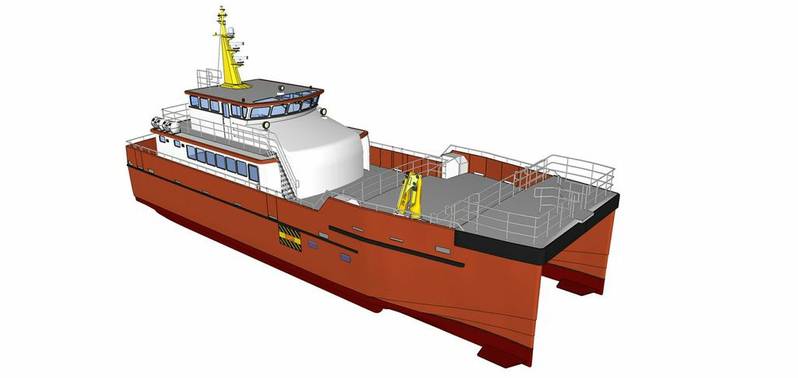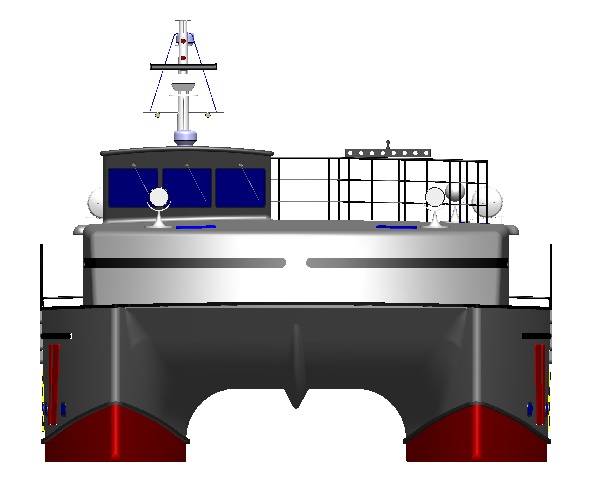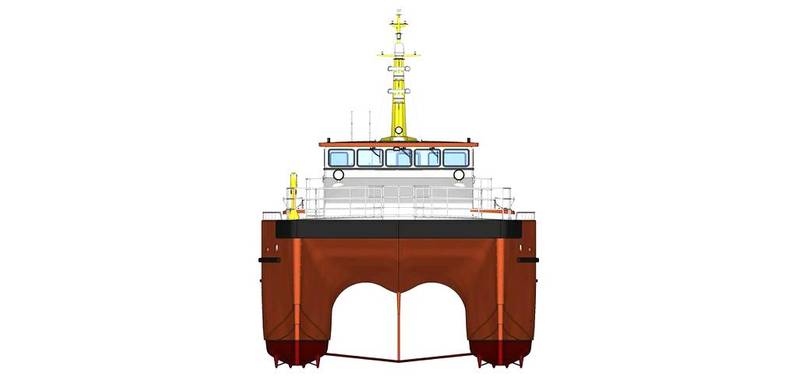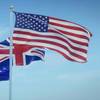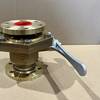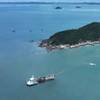Trawlercat Develops High Speed Pocket Patrol Boats
Trawlercat Marine Designs (TMD) of Nova Scotia Canada developed a range of four carbon fiber High Speed Pocket Patrol Boats(HSPPB) for response to piracy or any other maritime criminal activities.
The HSPPBs catamarans are available in 20m & 26m x 9m and 30m & 35m x 10.6m and will meet the needs of countries requiring improved coastal and offshore maritime surveillance and security. They are not warships and do not carry any mounted weapons, however it is expected they will have trained and armed crew on-board to counter the weapons used by pirates.
According to TMD, the new HSPPBs are suited to protect a country’s commercial interests from maritime criminal activities such as piracy, drug smuggling, illegal immigrants, polluting ships and foreign fishing trawlers. They can also be used for search and rescue missions.
TMD said it designs and builds the HSPPBs in Carbon fiber because it is five times stronger than steel, 10 times stronger than aluminum and less than half the weight of aluminum. The low weight allowed us to use small engines that weigh less, cost less and use less fuel so they carry less fuel and save even more weight. Their performance was further improved by using a carbon fiber hydro-foil system which lifts two thirds of the hull up out of the water and this reduces hull surface drag. Together it results in a 75% lower fuel burn, lower greenhouse gas emissions, a higher speed and better performance than any similar size metal Navy Patrol Boat.
Their light weight and bilge keels give them a very shallow draft so TMD designed in the ability to nose up to sandy beaches and deploy fully armed marines down a carbon fiber bow ramp to investigate further ashore. The two larger models can deploy eight fully armed marines in four Quad all-terrain side-by-side vehicles driving down the bow ramp to pursue escaping suspects or to carry out searches further inshore for signs of pirates or drug activity.
Carbon fiber was the material of choice for Boeing and Airbus for the wings and fuselage for their latest passenger aircraft which is a testament to the light weight and strength of this material. This acceptance made it easy for TMD to use it in our workboat models. Closed cell foam sandwiched between carbon fiber is used to construct the boats and as the foam is positively buoyant TMD also designed in some additional water tight void areas. Thus TMD claims the vessels to be totally unsinkable.
TMD has been developing these carbon fiber models since 2010 and said it is currently seeking a global boast builder business partner as well as to employ its production methods, as well as investor business partners to set up a building facility in Asia, Australia, Canada, Europe, the U.K. or the U.S.
trawlercatmarine.com







